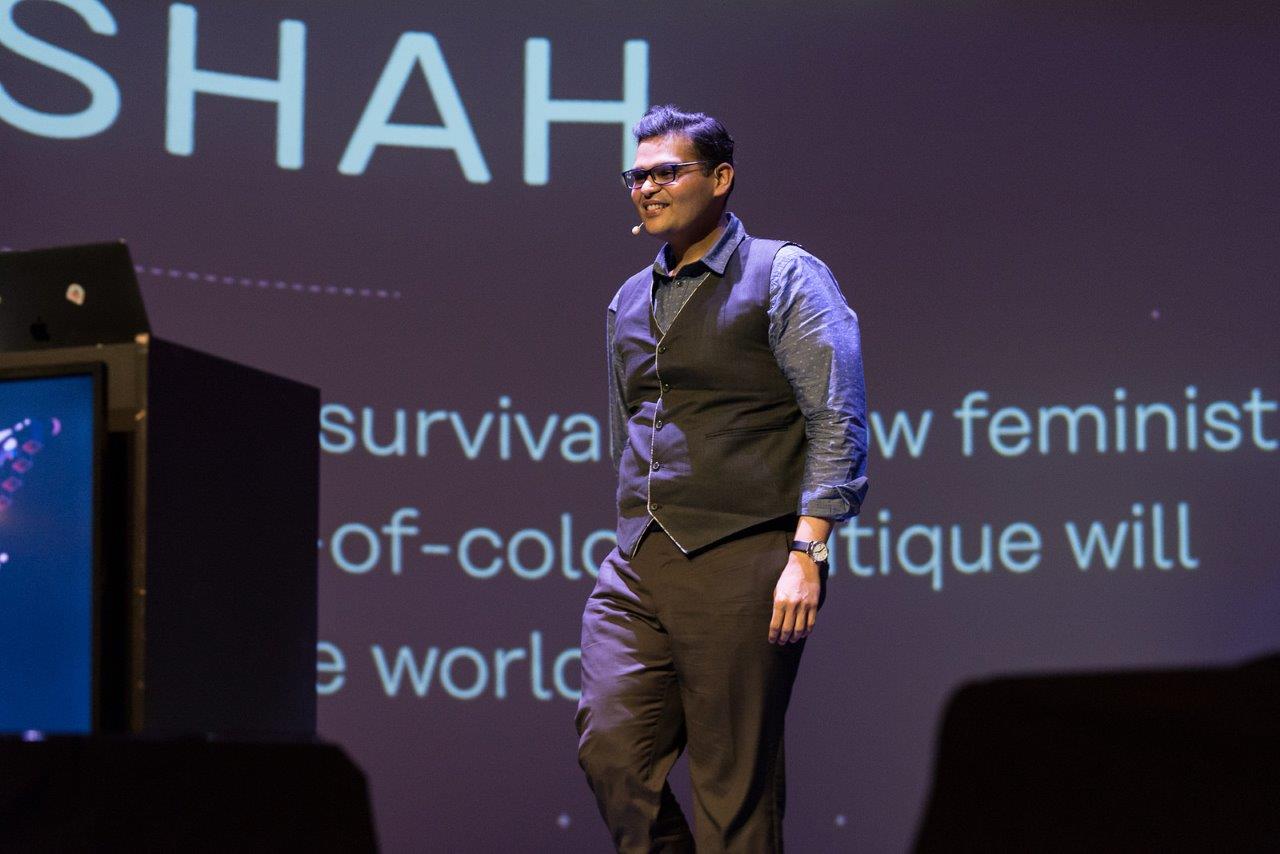Viral Trap: Remembering the human stories behind the coronavirus news
I woke up the other day with a strange feeling that I am losing my memory. As I was going through the morning rituals of scrolling through news feeds and social media updates, I felt that I could not remember the world before corona — BC, if you will. It was a strange feeling. I am almost certain that three weeks ago, before the pandemic was announced, before the shutdowns were implemented, before social distancing and physical isolation became the bywords, there must have been other things that were on my mind and in my information streams. Try as I might, I could only come up with vague recollections about events, people, places, and plans that must have occupied my attention.The feeling of preternatural amnesia was complemented through the rhythms of the day. At “work”, I sat at my desk in a dress-shirt and pyjamas, making an attempt to make only the camera-visible parts of me work-presentable. We joked how we have forgotten to wear work clothes. The virus had rendered us sartorially catatonic. The news feed was making me sick because the news Continue Reading …
